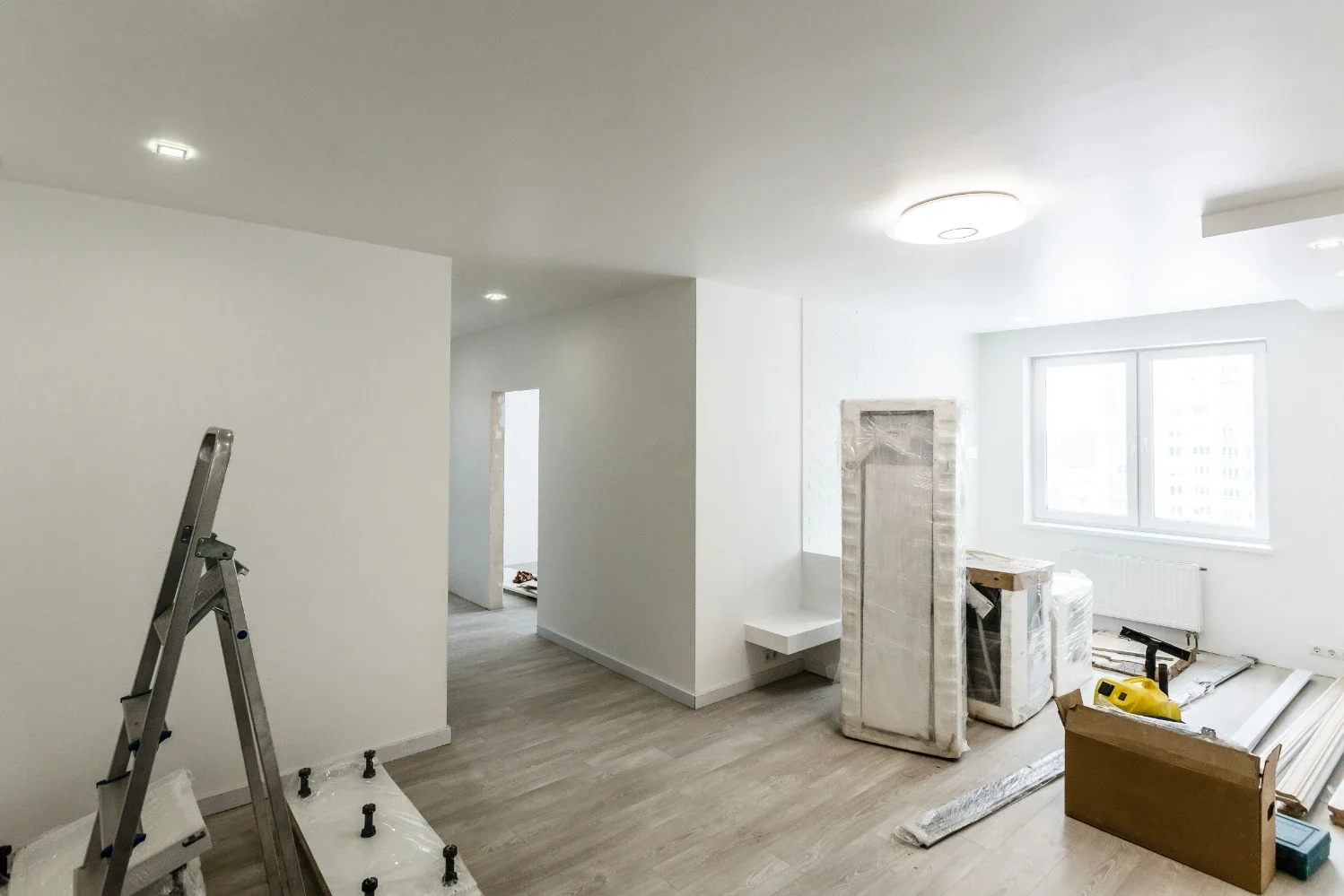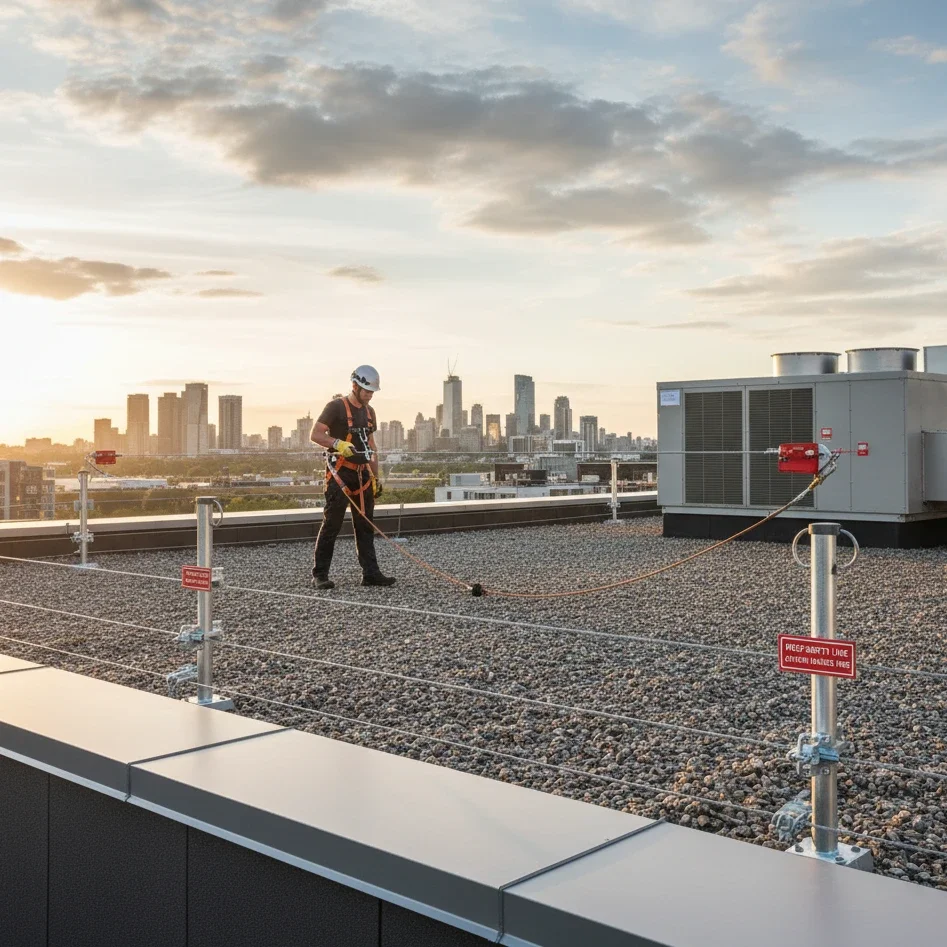How to Reset Garbage Disposal?
Discover how to reset your garbage disposal with our step-by-step guide. Learn tips, tricks, and solutions to common problems to keep your kitchen running smoothly.
Ah, the garbage disposal. It's one of those kitchen gadgets you don't really think about until it stops working. Whether it's a stubborn jam, an overload, or just a plain ol' mystery malfunction, knowing how to reset garbage disposal can save you from a lot of hassle. Not only will you avoid the inconvenience of a backed-up sink, but you'll also dodge potentially hefty repair bills.
In this guide, we're diving deep into everything you need to know about resetting your garbage disposal. From identifying the problem to executing the reset, we've got you covered. So, roll up your sleeves and let’s get that disposal humming again!
Why Your Garbage Disposal Might Need a Reset
Before we jump into the how-to, let's talk about the why. Understanding why your garbage disposal might need a reset can help you prevent future issues and extend the lifespan of this handy kitchen helper.
Common Causes for Garbage Disposal Malfunctions
Overloading: Stuffing too much food waste into the disposal at once can cause it to jam and shut down.
Foreign Objects: Accidentally dropping utensils or non-food items can lead to serious blockages.
Grease Build-up: Over time, fats and oils can solidify and clog the disposal.
Wear and Tear: Like any appliance, garbage disposals can simply wear out with age and use.
When the disposal stops working, it usually trips a built-in circuit breaker to prevent damage. This is where the reset button comes into play.
How to Reset Garbage Disposal: Step-by-Step Guide
Now, let's get down to business. Here's a detailed step-by-step guide on how to reset your garbage disposal. Follow these steps carefully, and you'll have your disposal back in action in no time.
#1: Safety First!
Before you start fiddling with your garbage disposal, safety should be your top priority. Always remember to turn off the power to the unit to prevent any accidental start-ups that could cause serious injury. Unplug the disposal from the power source or turn off the switch at the circuit breaker to ensure it's completely disconnected. Never, ever stick your hands inside the disposal, even if it seems like the easiest way to remove an obstruction. Instead, use tongs or a wooden spoon to carefully extract any items lodged inside. This not only protects your fingers from the sharp blades but also ensures you won’t inadvertently startle yourself if the disposal suddenly engages.
By taking these simple yet crucial safety steps, you can confidently proceed with troubleshooting and repairing your garbage disposal without risking injury.
#2: Locate the Reset Button
Most modern garbage disposals come equipped with a reset button, which is a crucial feature for troubleshooting. Typically, you'll find this button on the bottom or the side of the unit. It's designed to be easily identifiable, often marked in a bright red color, making it stand out against the usually darker body of the disposal. To locate it, you might need to crouch down and use a flashlight for better visibility, especially if your disposal is installed in a dimly lit area under the sink. Once you spot the red reset button, you can proceed to press it firmly to reset the unit. This action helps to restore the disposal's function by resetting its internal circuit breaker, which might have tripped due to an overload or jam. Knowing the exact location and appearance of this button can save you time and effort during the troubleshooting process.
#3: Press the Reset Button
To reset your garbage disposal, firmly press the reset button you located earlier. You might hear a clicking sound, which is a good sign—it indicates that the unit is resetting and its internal circuit breaker has been engaged. This sound is your cue that the disposal is attempting to return to its normal functioning state. After pressing the button, it’s essential to wait a few minutes before testing the unit. This pause allows the disposal to cool down if it had overheated due to a jam or overload. Overheating can cause the motor to temporarily shut down for safety, and the reset process gives it time to recover. Patience during this waiting period is crucial, as trying to rush the reset can result in further issues or damage. Once a few minutes have passed, you can proceed to check if the disposal is back to working order, ensuring your kitchen routine can resume smoothly..
#4: Check for Obstructions
If pressing the reset button doesn't solve the issue, it's possible that something is stuck in the disposal. To check for obstructions, start by using a flashlight to shine a light down the drain, looking for any visible items that could be causing the blockage. Sometimes small objects, food debris, or even non-food items can get lodged in the disposal, preventing it from functioning properly. If you see something, do not attempt to remove it with your hands. Instead, use tongs or pliers to safely extract the object. Next, to ensure the blades are free of any hidden blockages, insert an Allen wrench into the hole at the bottom of the disposal. Turn the wrench back and forth, which manually rotates the blades and can help dislodge any stuck material. This manual turning should clear the disposal and get it back to normal operation
#5: Restore Power and Test
Once you've pressed the reset button and cleared any obstructions, it's time to see if your efforts paid off. Start by plugging the disposal back in or turning on the circuit breaker to restore power to the unit. Then, turn on the faucet and let cold water run into the disposal. This helps to flush any remaining debris and ensures that the disposal operates smoothly. Finally, switch on the disposal and listen for that sweet, sweet hum of a functioning garbage disposal. The sound indicates that the blades are spinning freely and the unit is back in working order. If you don't hear the hum or if the disposal still isn't working, repeat the previous steps to ensure all obstructions are cleared and the reset button is properly engaged. With everything back in place, your kitchen routine can return to normal, and you can enjoy the convenience of a fully operational garbage disposal once again.
Troubleshooting Tips: When the Reset Button Doesn't Work
Sometimes, resetting your garbage disposal isn't as straightforward as pressing a button. If your unit is still acting up, here are some additional troubleshooting tips.
Check the Circuit Breaker
If the reset button doesn't seem to be doing the trick, your circuit breaker might have tripped. Check your electrical panel and reset any tripped breakers.
Inspect the Wiring
Loose or damaged wiring could be the culprit behind your disposal woes. If you're comfortable with basic electrical work, inspect the wires connected to your disposal. Otherwise, it might be time to call in a professional.
Replace the Disposal
If your garbage disposal is old and frequently malfunctioning, it might be more cost-effective to replace it entirely. Newer models are more efficient and come with improved safety features.
Conclusion
Resetting your garbage disposal doesn't have to be a daunting task. With a bit of know-how and a pinch of patience, you can tackle this common household issue like a pro. Remember, the key steps are to ensure safety, locate and press the reset button, and clear any obstructions. By following this guide, you’ll not only solve the immediate problem but also gain a better understanding of how to maintain your garbage disposal in the long run.
So, the next time your disposal decides to take a break, you'll know exactly how to reset garbage disposal and get things running smoothly again. Happy fixing!
FAQs About How to Reset Garbage Disposal
Q1: What should I do if my garbage disposal hums but doesn't grind?
A humming sound usually means the disposal is jammed. Turn off the power, manually turn the blades using an Allen wrench, and press the reset button.
Q2: Can I use chemical drain cleaners in my garbage disposal?
No, chemical drain cleaners can damage the blades and other components of your disposal. Stick to mechanical methods of clearing jams and obstructions.
Q3: How often should I clean my garbage disposal?
For optimal performance, clean your garbage disposal every two weeks. Use a mixture of baking soda and vinegar, followed by a flush of hot water.
Q4: Why does my garbage disposal smell bad?
Foul odors can result from food particles stuck in the disposal. Regular cleaning and occasionally grinding citrus peels can help eliminate smells.
Q5: Is it normal for the reset button to pop out frequently?
No, frequent tripping of the reset button indicates a persistent issue, such as overloading or an internal malfunction. It might be time to inspect the unit or seek professional help.






























